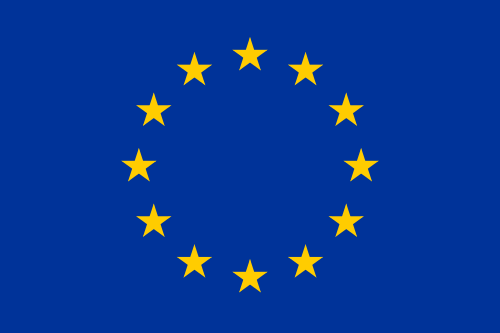Quick Hits
- In the EU, pay transparency has been identified as a key obstacle to closing the gender pay gap. Directive (EU) 2023/970 aims to close the gender pay gap and promote fair pay practices by increasing transparency and accountability between employers and employees.
- The principle of “equal value” will require employers to undertake an evaluation exercise to determine where equivalence of the respective value of roles may exist across their organisations. Employers may want to consider preparing for this now.
- EU member states have a deadline of 7 June 2026 to transpose the directive into national law. Each member state has the autonomy to transpose the directive in its own way, provided the directive’s minimum requirements are met.
What Does ‘Equal Work or Work of Equal Value’ Mean?
Directive (EU) 2023/970 defines equal pay not only for identical roles but also for jobs that contribute comparably to an organisation’s success. Employers must assess job roles using objective, gender-neutral criteria. Each EU member state may derive its own methodology for determining whether two roles are of equal value, but minimum factors to consider for each role should include:
- Skills—The experience, knowledge, and qualifications required.
- Effort—The mental or physical exertion needed for a role.
- Responsibility—The level of accountability and decision-making involved.
- Working Conditions—The risks associated with the job.
New Employer Obligations Under Directive (EU) 2023/970
Under the directive, employees (and/or their representatives) have the right to request and receive information on their pay level and the average pay levels of their organisation, broken down by gender, for employees performing the same work as them or work of equal value. Within two months of a written request, employers will need to provide an employee with the requisite information.
In the first stage of the directive’s implementation, employers with 150 or more employees are required to report on the average gender pay gap (1) across the company as a whole and (2) within each category of workers who do the same work or work of equal value.
If a pay difference of 5 percent or more is uncovered, without objective justification, and is left unresolved for more than six months from the date it is reported, the organisation will be subject to a joint pay assessment (i.e., a detailed equal pay audit) which can be costly and damaging.
Next Steps
Employers may want to consider the objective criteria used to consider how categories of employees are determined, and which roles are of equal value. All employers must ensure that they are consistent and nondiscriminatory in their application of pay criteria and be prepared to demonstrate how this operates in practice. Transparency and fairness necessitate detailed records of salary structures and clear strategies to address possible pay disparities.
The directive requires greater accountability from employers to ensure fair pay practices. Maintaining compliance may require establishing job evaluation systems, transparent pay structures, and data reporting. The concept of “equal value” is complex and employers may want to prepare for this new requirement now.
For more on the EU’s Directive (EU) 2023/970, see our previous articles, “Preparing for the EU’s Pay Transparency Directive” and “EU Pay Transparency Directive: Updates on Implementation Across Member States.”
Organisations can stay up to date with the progress of Directive (EU) 2023/970 and how it will apply across each EU member state by visiting Ogletree Deakins’ interactive EU Pay Transparency Directive – Member State Implementation Tracker.
Ogletree Deakins’ London office and in-house data analytics team will continue to monitor developments and will provide updates on the Cross-Border and Pay Equity blogs as additional information becomes available.
For more information on this topic, please join us for our upcoming Pay Equity 2025 webinar series. The first webinar, “Part 1: Strategies for Compliance in a Changing Landscape,” will be held on Thursday, June 5, from 2:00 p.m. to 3:00 p.m. EDT, and will feature Matthew Gagnon and Morgan Pike Epperson. Register here for Part 1. The second webinar, “Part 2: Practical Insights Into Pay Audit Processes,” will be presented by Daniella McGuigan and Emily Halliday on Wednesday, June 25, from 1:00 p.m. to 2:00 p.m. EDT. Register here for Part 2.
Daniella McGuigan is a partner in the London office of Ogletree Deakins and co-chair of the firm’s Pay Equity Practice Group.
Lorraine Matthews, a data privacy and cybersecurity practice assistant in the London office of Ogletree Deakins, contributed to this article.
Follow and Subscribe
LinkedIn | Instagram | Webinars | Podcasts






